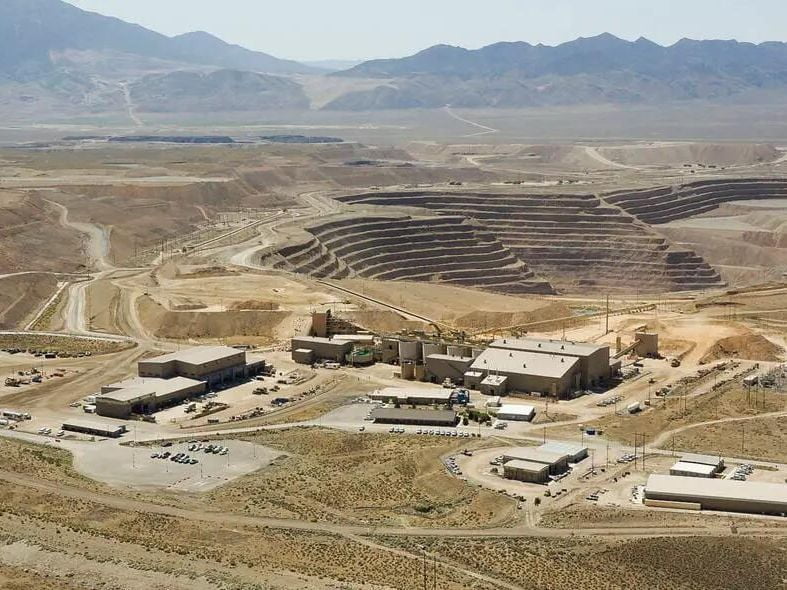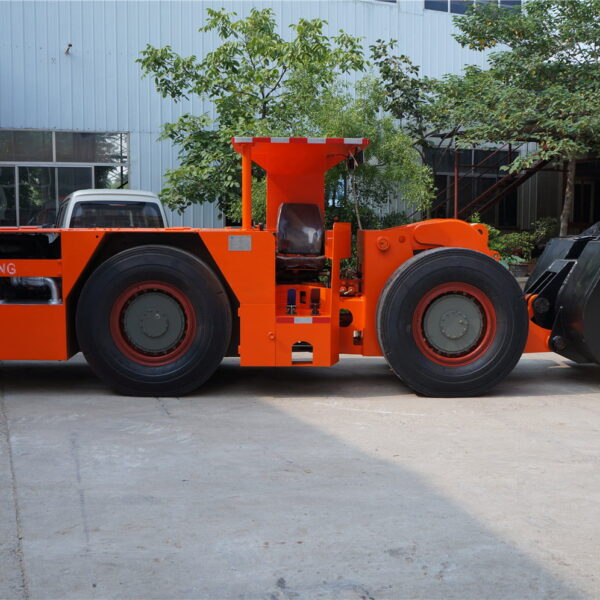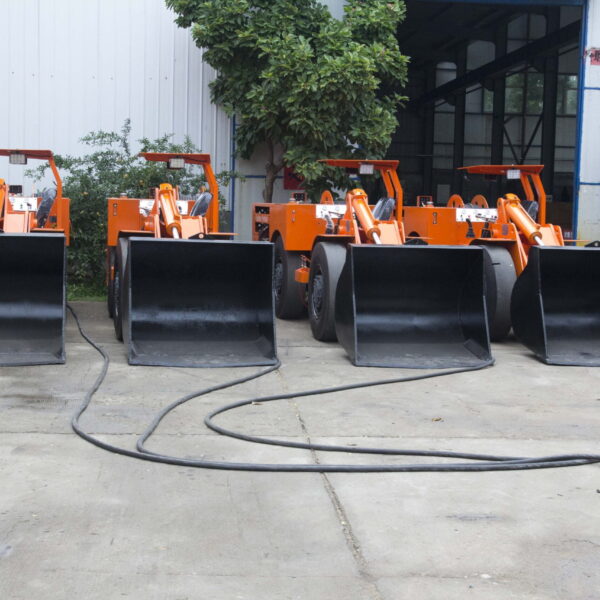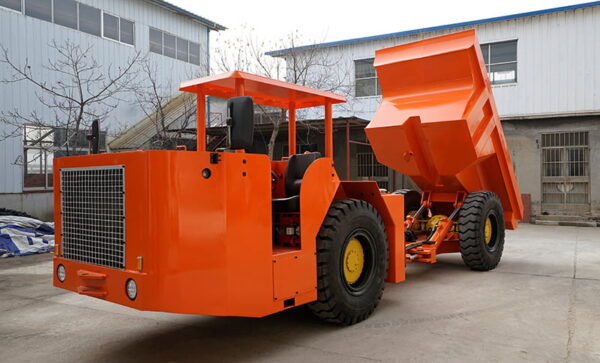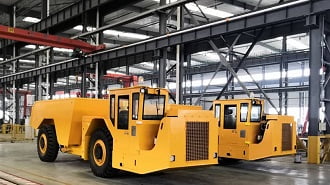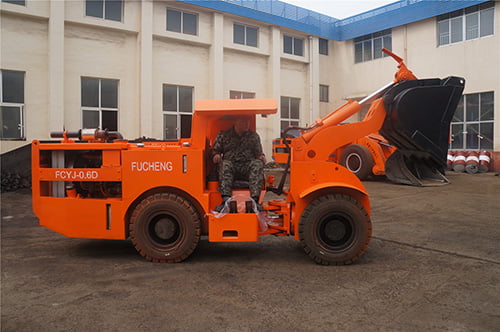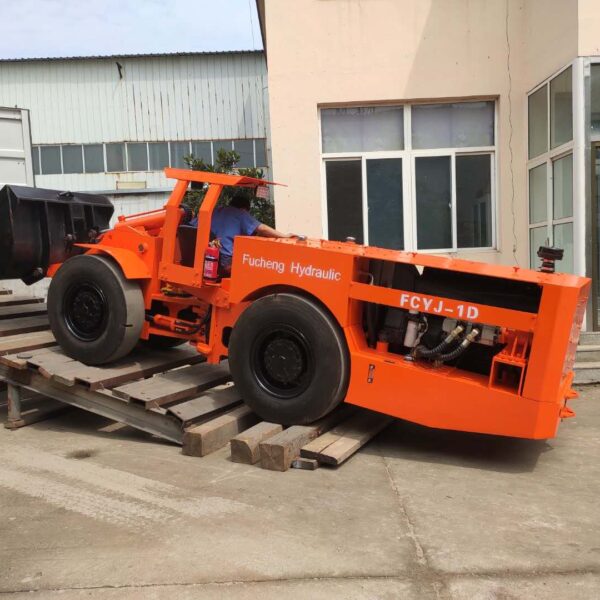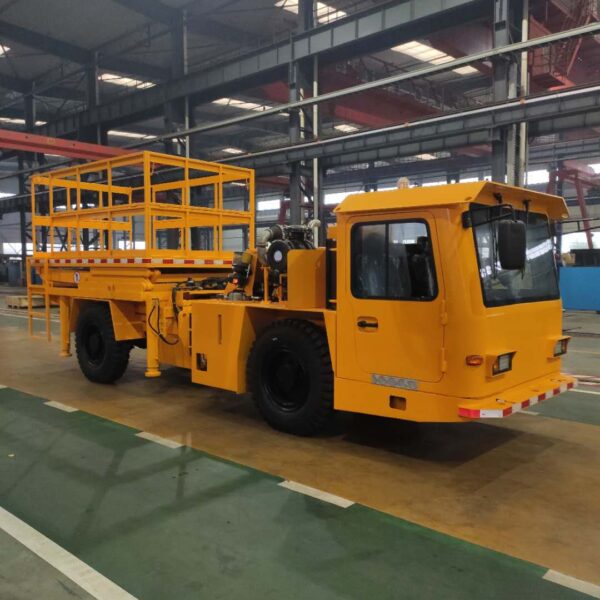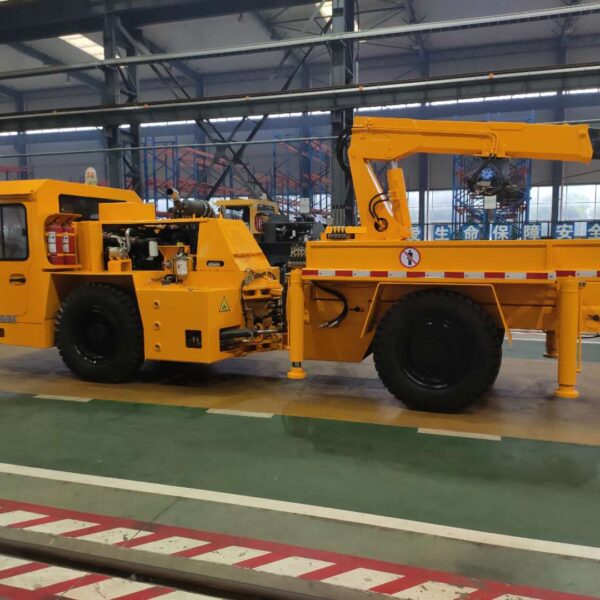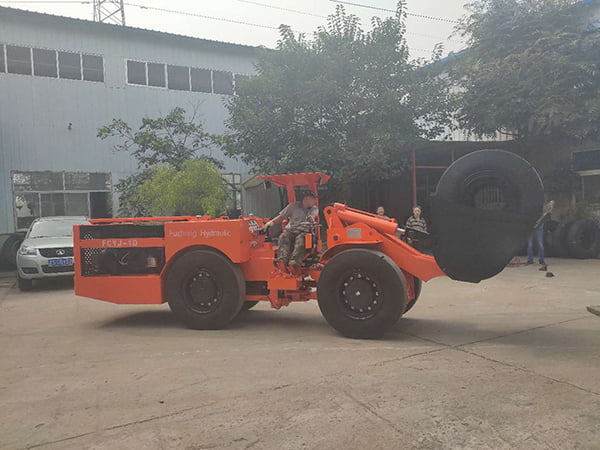Introduction
Gold mines refer to gold ore or gold deposits (mountains), that is, mineral aggregates that have sufficient gold content and can be used industrially; gold mines are places where gold is obtained through mining operations, and are formed through mineralization and have a certain scale of industry The used gold ore is piled up. But where are the biggest gold mines in the world?
Gold is one of the most valuable metals on the planet, and it is the rarer metal on the planet. Gold not only has great uses in industry, it is also the leader of the luxury goods industry. Many countries in the world have developed by relying on gold mines. Friends who want to know the source of gold will definitely want to know top 10 biggest gold mines in the world. Below I will introduce you to the top 10 largest gold mines in the world reserves. There is golden light everywhere.
Muruntau Gold Mine, Uzbekistan
Production: 2.19 million ounces
The Muruntau gold mine was first discovered in the Kem Desert in Uzbekistan in 1958 and began mining in 1967. It is the largest gold deposit in the world and the largest open-pit coal mine, with a depth of 579 meters. The mine also has a large amount of turquoise and arsenic, and its reserves are estimated to be between 2,500 tons and 5,300 tons.
With a staggering resource reserves of more than 150 million ounces (4,000 tons), the Muruntau gold mine production may continue to retain its title as the Muruntau gold mine in the world in the near future.
The open pit area of the Muruntau gold mine is 3.5kmx3km, and the current mining depth is 565m. It is expected to reach 1,000m by the end of the mine’s life. It is one of the biggest gold mines in the world.

Pueblo Viejo Mine, Dominican Republic
Production: 1.28 million ounces
Pueblo Viejo mine is located 100 kilometers from Santo Domingo, the capital of the Dominican Republic, with a proven and probable reserve of 25 million ounces (approximately 780 tons). It is one of the largest gold mines in the world with a value of US$40 billion and an investment of US$3.8 billion.
The Pueblo Gold Mine is a newly emerging global large-scale gold mine. It is jointly operated by Barrick and Canadian Gold Corporation, largest gold mining company in the world. The deposit is located in the Dominican Republic. Compared with 2015, the output in 2016 increased by 22.65%, and the output in 2015 was 953,000 ounces.

Goldstrick Gold Mine
Production: 1.1 million ounces
The Goldstrike Gold Mine is the largest gold mine under the Barrick Gold Company and is located in the Carlin Gold Mining Belt in Nevada. The gold mine includes the Bates open-pit mine and two underground deposits of Mikel and Rodeo.
As of December 31, 2016, Goldstrike Gold Mine estimated gold reserves at around 8.1 million ounces. As one of the top 10 biggest gold mines in the world, maintaining a cost of US$910 to US$980 per ounce, it is estimated that 910,000 to 950,000 ounces of gold can be mined.
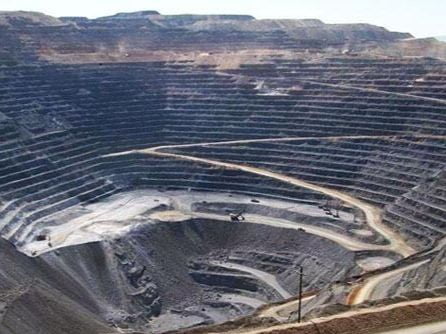
Grasberg gold mine, Indonesia
Production: 1.061 million ounces
Located in Indonesia, the Grasberg gold mine is one of the largest gold mine in the world and the third largest copper mine, with a total of 19,500 workers. In addition, it is an open-pit mine, which is the largest known single gold deposit in the world.
Grasberg has three operating mines-Grasberg open-pit mine, deep mine zone (DOZ) underground mine and Big Gossan underground mine.
Discover History
Copper was first discovered in 1936, and gold in 1988. As one of the top 10 biggest gold mines in the world, the open-pit mine is 2.5 miles (approximately 4 kilometers) wide, and there are also large-scale underground mining activities in the area.
The open-pit mine has been mined since 1990, but it is also currently facing difficulties. Freeport currently has a dispute with the Indonesian government over the terms of the mining contract. This has also led to thousands of employees facing layoffs and departures. Glasberg is making every effort to ease the tension, but it is still facing cost reductions and slowing down in its future development.

Cortez gold mine
Production: 1.06 million ounces
The Cortez Gold Mine is also part of the Barrick Gold Company and is located in Nevada. Cortez’s production is slightly less than that of Glasberg, which was 1.06 million ounces in 2016, but it was also 6.11% higher than its 2015 production. As one of the top 10 biggest gold mines in the world, it is estimated that the output in 2017 will be between 1.25 million and 1.29 million ounces, and the cost per ounce will be controlled between US$430 and US$470. As of December 31, 2016, the estimated reserves of the gold mine were 10.2 million ounces.
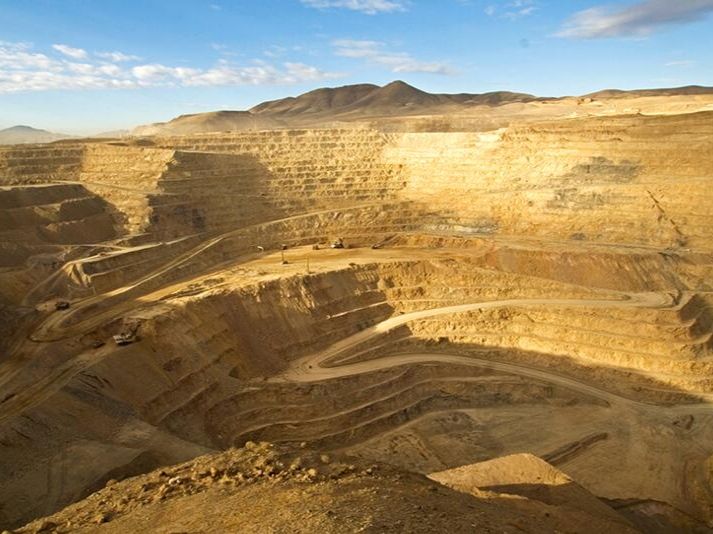
Lihir Gold Mine, Papua New Guinea
Production: 991,000 ounces
Lihir, one of the biggest gold mines in the world, is located on a tropical island in Papua New Guinea, in an extinct volcanic crater. It was put into production in 1997, with a total output of more than 10 million ounces.
In 2010, Lihir Gold Company and Newcrest Mining Company reached a merger agreement, so Lihir Gold Mine officially belonged to Newcrest Mining. The mine is located in Lihir Island, Papua New Guinea, and its annual output in 2016 was 991,000 ounces. Since 1997, the mine’s total gold production has exceeded 10 million ounces.
Most of the ore produced by Lihir is refractory. As one of the top 10 biggest gold mines in the world, it must be treated with pressure oxidation before the gold is recovered by traditional processes.
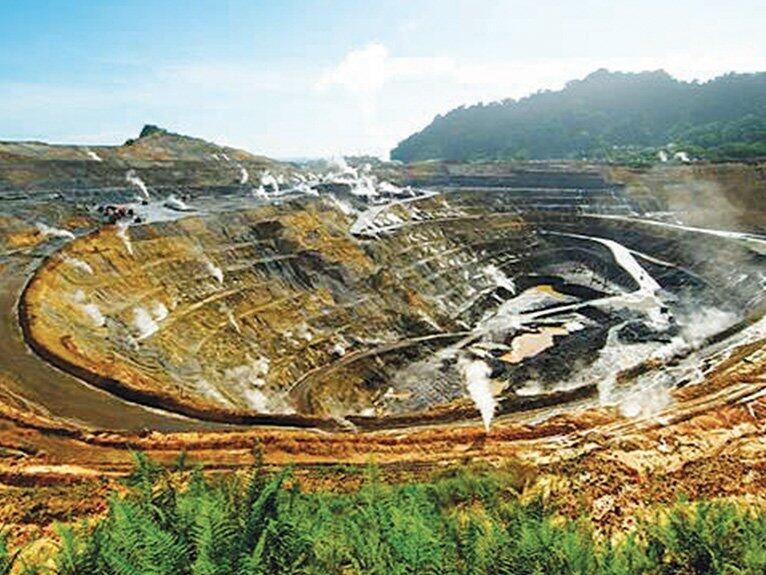
Carlin Gold Mine
Production: 944,000 ounces
The Carlin Gold Mine belongs to Newmont Mining (NYSE:NEM), another gold producer in Nevada. The mine includes three mines in Phoenix, Long Canyon and Sungai, but this time only provided the output of the Kalin Gold Mine. In 2015, the output of Carlin Gold Mine was 886,000 ounces, an increase of 6.14% in 2016 compared to 2015.
The Carlin Gold Mine in Nevada has the richest gold deposit in the Western Hemisphere. As one of the top 10 biggest gold mines in the world, it is a fine disseminated gold deposit mainly produced in the formation of carbonate rocks. The Carlin Gold Mine has mined 3% of all gold in human history. There are three open-pit mines and four underground mines, which produced 1 million ounces of gold in 2015.
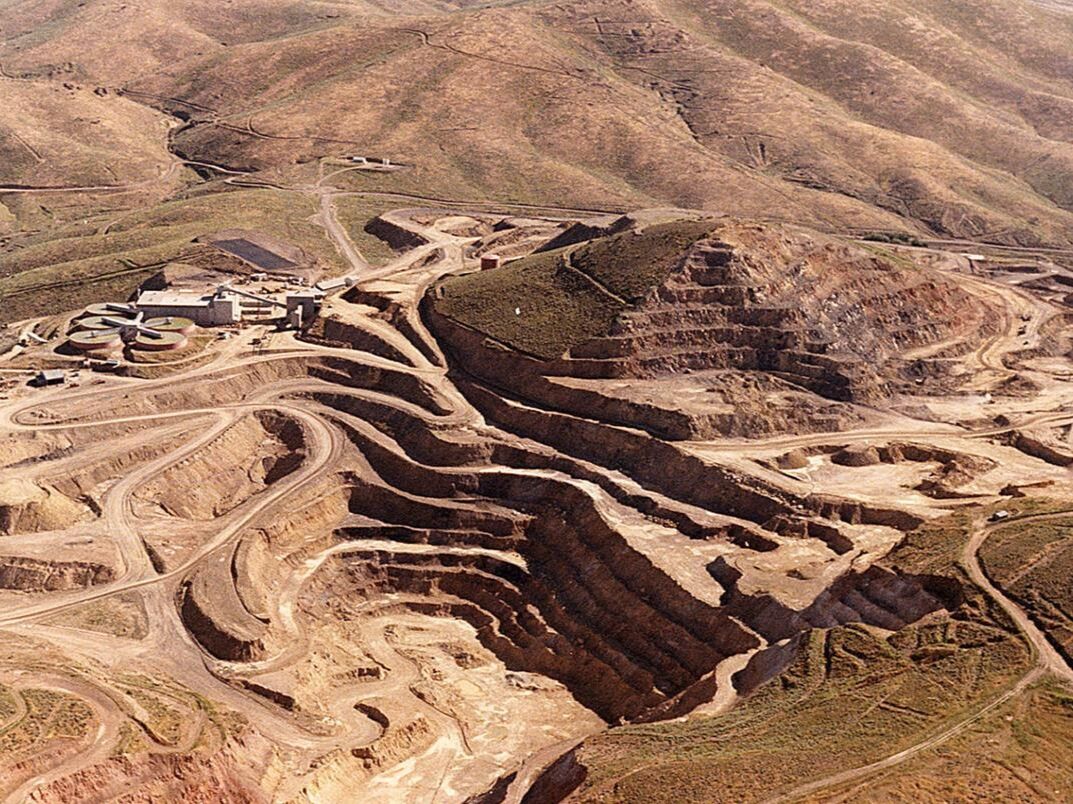
Olimpiada Gold Mine, Russia
Production: 896,000 ounces
Located in the Krasnoyarsk region of Eastern Siberia, Russia, the Olimpiada gold mine belongs to the Russian Polar Gold Company (MCX:PLZL), which is listed in the UK. The mine started mining in 1996 and is currently the company’s largest gold mine. At present, it is known that the gold reserve is 30.01 million ounces. Last year, the mine’s gold production increased by 135,900 ounces, a surge of 17.88%.

Boddington Gold Mine
Production: 878,300 ounces
The mine was built in 1987 and was bought by Newmont Mining in 2005. In 2009, Newmont also acquired the remaining shares of Anglo Gold and became the sole owner of the mine. It is expected that the life of the mine will exceed 20 years. After Newmont Mining Corporation approved a reduction of US$400 million in investment, Boddington will soon expand, which will add several years to its operations.
The Boddington Gold and Copper Mine is one of Australia’s largest gold-producing mines. The mine was initially jointly operated by three companies, including Newmont, Anglo-Ashandi (NYSE: AU) and Newcrest Mining, but it is now wholly owned by Newmont Mining. Compared with 2015, 2016 production increased by 10.62% to 878,300 ounces.
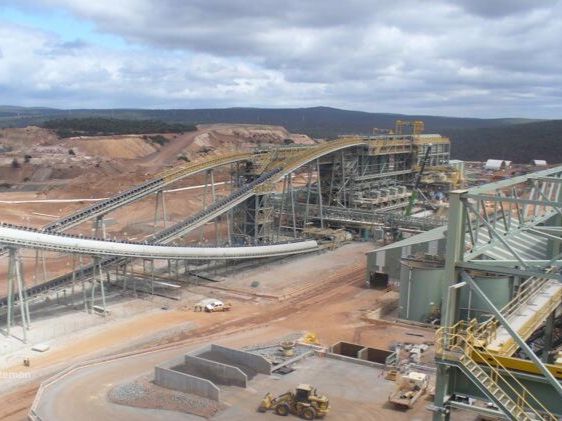
Kalgoorlie Super Pit Gold Mine
Production: 758,000 ounces
The tenth-ranked gold mine is Kalgoorlie Super Gold Mine, which is located in Western Australia and is jointly operated by Barrick Gold and Newmont Mining, each holding 50% of the shares. Due to the increase in production capacity and the discovery of high-grade ore, the output in 2016 has increased significantly compared with 2015.
Since the discovery of gold in the Kalgoorlie region in 1893, Australia’s gold mining center has shifted from the east to the west. Western Australia is the cradle of Australia’s modern gold industry. So far, 1,300 tons of gold have been extracted from the “Golden Mile” mining area in this area alone. By 1903, Australia’s gold production reached 119 tons, and this record was maintained until 1988.
Kalgoorlie Super Pit is one of Australia’s largest open-pit gold mines. Now, it has become a popular attraction, attracting thousands of tourists every year. There are also some still thriving mining towns, which can be said to be mobile museums.
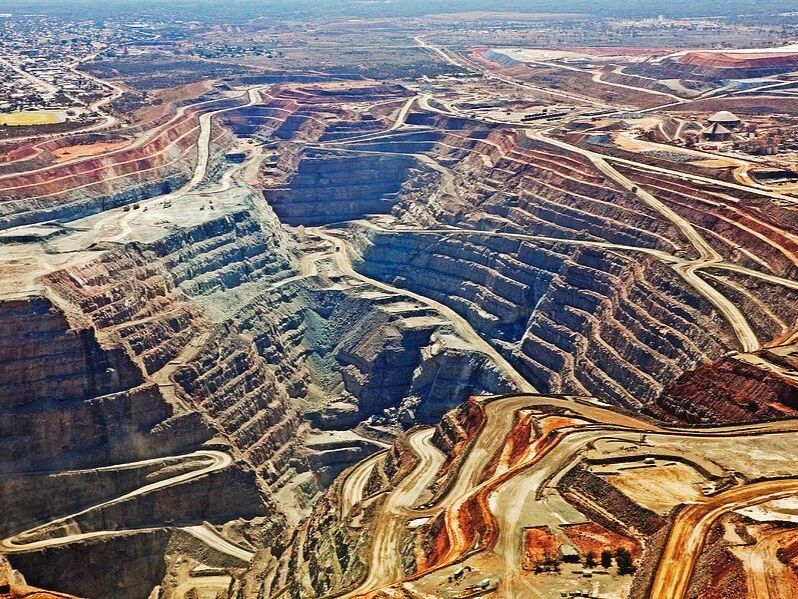
Conclusion
More than 80 countries in the world produce gold. The world’s currently ascertained gold resources are 89,000 tons with reserves base of 77,000 tons and reserves at 48,000 tons. The static guarantee periods of gold reserves and reserve basis are 19 years and 39 years respectively. South Africa accounts for 50% of the world’s proven gold resources and reserves base, accounting for 38% of the world’s reserves; the United States accounts for 12% of the world’s proven resources, 8% of the world’s reserves base, and 12% of the world’s reserves. In addition to South Africa and the United States, the main gold resource countries are Russia, Uzbekistan, Australia, Canada, and Brazil.
The output ratio is as follows:
| America | Africa | Asia-Pacific | |
| Proportion | 33% | 28% | 29% |

